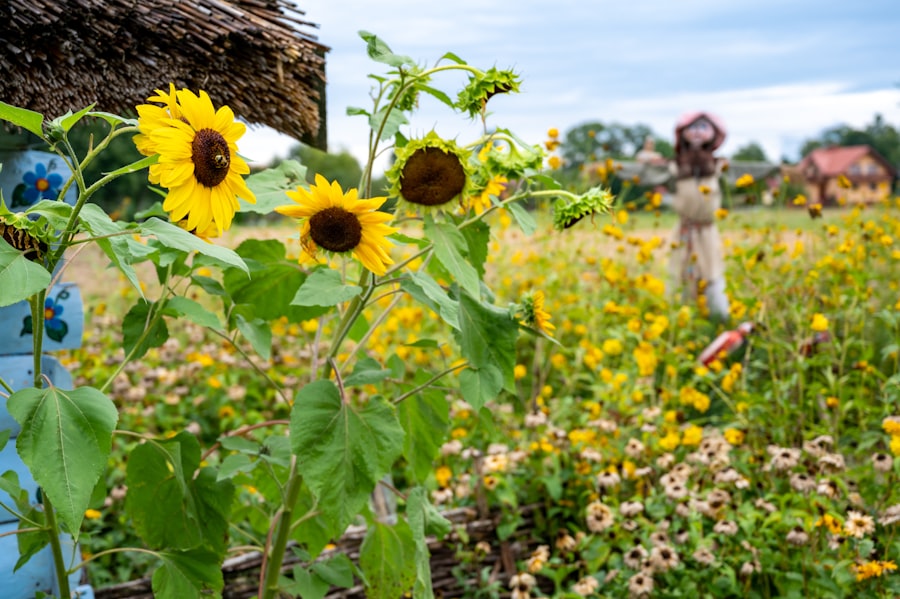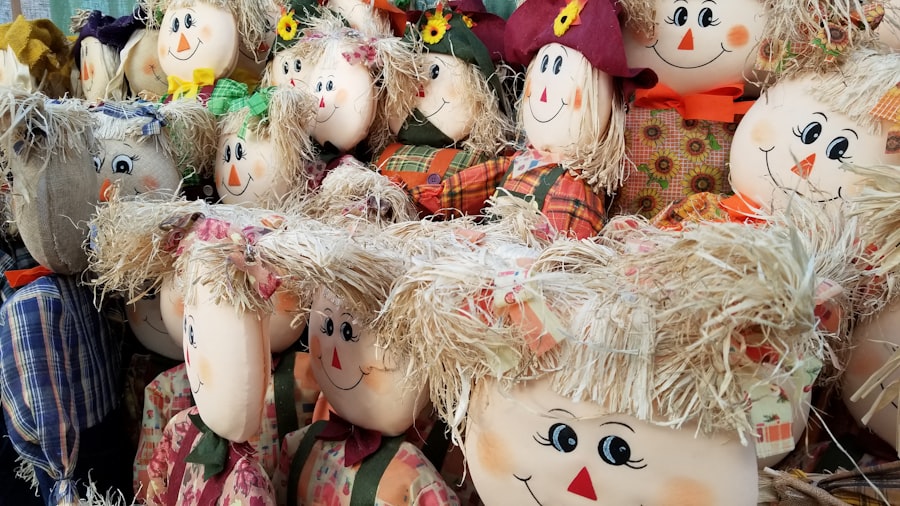Chicken hawks, more accurately termed raptors or birds of prey, present a significant challenge to backyard poultry keepers. This group includes species such as red-tailed hawks, Cooper’s hawks, and sharp-shinned hawks. These birds are adept hunters, equipped with exceptional vision and powerful talons, which make them particularly dangerous to free-range chickens.
As opportunistic predators, they will readily exploit any chance to capture prey, necessitating constant vigilance from chicken owners. Raptors that prey on chickens are characterized by their sharp, curved beaks, strong talons, and acute vision. They are frequently observed gliding at high altitudes, surveying the ground for potential targets.
Their hunting technique typically involves a swift descent from above, seizing the prey with their talons, and then retreating to a secluded area to feed. The stealth and agility of these predators make them particularly challenging to guard against. For chicken owners, the ability to identify these raptors is crucial for implementing effective protective measures to ensure the safety of their flock.
Table of Contents
- 1 Implementing Protective Measures: Building a Chicken Coop
- 2 Creating a Safe Environment: Installing Fencing and Netting
- 3 Scaring Off Predators: Using Visual and Auditory Deterrents
- 4 Utilizing Natural Defenses: Attracting Other Birds of Prey
- 5 Supervising Free-Range Time: Monitoring Chicken Activity
- 6 Seeking Professional Help: Consulting with Wildlife Experts
- 7 FAQs
Key Takeaways
- Chicken hawks are a common threat to chickens and can be identified by their size, sharp talons, and hooked beaks.
- Building a secure chicken coop is essential for protecting chickens from predators like chicken hawks.
- Installing fencing and netting around the chicken coop can create a safe environment and prevent chicken hawks from accessing the chickens.
- Visual and auditory deterrents such as scarecrows and noise-making devices can help scare off predators like chicken hawks.
- Attracting other birds of prey, such as owls, can help naturally defend against chicken hawks by creating a more intimidating environment for them.
Implementing Protective Measures: Building a Chicken Coop
Building a Secure Chicken Coop
One of the most effective ways to protect chickens from chicken hawks is by building a secure chicken coop. A well-built coop provides a safe and secure environment for chickens to roost and lay eggs without the threat of predators. When constructing a chicken coop, it is important to use sturdy materials such as hardware cloth or welded wire to prevent chicken hawks from gaining access.
Designing a Hawk-Proof Coop
The coop should also have a solid roof to prevent aerial attacks from above. In addition to a secure structure, it is important to provide adequate ventilation and lighting inside the coop. Proper ventilation helps to regulate temperature and prevent moisture buildup, while adequate lighting helps to keep chickens calm and productive.
Providing a Comfortable Environment
The coop should also be equipped with nesting boxes and perches to provide chickens with comfortable and safe spaces to lay eggs and roost. By implementing these protective measures, chicken owners can create a safe and secure environment for their flock, protecting them from the threat of chicken hawks.
Creating a Safe Environment: Installing Fencing and Netting

In addition to a secure chicken coop, installing fencing and netting around the coop and run area can provide an extra layer of protection against chicken hawks. Fencing should be at least six feet tall and buried several inches into the ground to prevent predators from digging underneath. It is important to use sturdy materials such as hardware cloth or welded wire to prevent chicken hawks from gaining access to the coop or run area.
Netting can also be used to cover the top of the run area to prevent aerial attacks from chicken hawks. The netting should be securely fastened to the top of the run area and checked regularly for any signs of wear or damage. By installing fencing and netting around the coop and run area, chicken owners can create a safe and secure environment for their flock, protecting them from the threat of chicken hawks.
Scaring Off Predators: Using Visual and Auditory Deterrents
Visual and auditory deterrents can be effective in scaring off chicken hawks and other predators. Visual deterrents such as scarecrows, reflective tape, and predator decoys can help to deter chicken hawks by creating the illusion of a human presence or a potential threat. These deterrents should be moved regularly to prevent predators from becoming accustomed to their presence.
Auditory deterrents such as noise makers or predator calls can also be effective in scaring off chicken hawks. These deterrents should be used sparingly and rotated regularly to prevent predators from becoming desensitized to the sounds. By using visual and auditory deterrents, chicken owners can help to discourage chicken hawks from targeting their flock, creating a safer environment for their chickens.
Utilizing Natural Defenses: Attracting Other Birds of Prey
Attracting other birds of prey such as owls and falcons can help to naturally deter chicken hawks from targeting a flock. Owls and falcons are natural predators of chicken hawks and will help to keep them at bay. By providing suitable habitat such as nesting boxes or perches, chicken owners can encourage these natural predators to take up residence in the area, providing an added layer of protection for their flock.
In addition to attracting other birds of prey, providing suitable habitat for songbirds can also help to deter chicken hawks. Songbirds are known for their loud calls and alarm signals, which can alert chickens to the presence of predators. By creating a diverse and natural environment, chicken owners can help to create a balanced ecosystem that naturally deters chicken hawks from targeting their flock.
Supervising Free-Range Time: Monitoring Chicken Activity

Monitoring the Sky
Supervising free-range time is crucial in protecting chickens from chicken hawks. By keeping a watchful eye on the sky, owners can quickly identify any signs of danger and take prompt action to safeguard their flock. It is essential to be vigilant for any signs of aerial predators and be prepared to intervene if necessary.
Observing Chicken Behavior
In addition to monitoring the sky, it is vital to observe chicken behavior for any signs of distress or alarm. Chickens are known for their ability to detect danger and will often exhibit signs of distress when they sense a predator nearby. By paying attention to these cues, owners can quickly intervene and protect their flock from the threat of chicken hawks.
Early Intervention is Key
By supervising free-range time and observing chicken behavior, owners can identify potential threats early on and take swift action to protect their flock. This proactive approach is essential in preventing attacks from chicken hawks and ensuring the safety of your chickens.
Seeking Professional Help: Consulting with Wildlife Experts
In some cases, it may be necessary to seek professional help in dealing with the threat of chicken hawks. Wildlife experts can provide valuable insight and advice on how to protect chickens from predators, including chicken hawks. They can also offer guidance on how to create a safe and natural environment for chickens that deters predators without causing harm.
Wildlife experts can also provide assistance in obtaining permits or licenses for certain deterrent methods such as trapping or relocating predators. By consulting with wildlife experts, chicken owners can gain valuable knowledge and resources for protecting their flock from the threat of chicken hawks. In conclusion, protecting chickens from the threat of chicken hawks requires a multi-faceted approach that includes understanding the behavior of these predators, implementing protective measures, creating a safe environment, scaring off predators, utilizing natural defenses, supervising free-range time, and seeking professional help when necessary.
By taking these steps, chicken owners can create a safe and secure environment for their flock, protecting them from the constant threat of chicken hawks.
If you’re looking for ways to keep chicken hawks from getting your chickens, you may also be interested in learning about how to build a chicken coop trampoline. This innovative design from Poultry Wizard provides a safe and secure environment for your chickens, helping to protect them from predators like chicken hawks. Check out the article here for more information on this unique coop design.
FAQs
What is a chicken hawk?
A chicken hawk is a term used to describe various species of hawks and other birds of prey that prey on chickens and other poultry.
How can I keep chicken hawks away from my chickens?
There are several methods to keep chicken hawks away from your chickens, including using scare tactics such as reflective objects, noise makers, and predator decoys. Additionally, providing cover and shelter for your chickens can help protect them from aerial predators.
Are there any natural deterrents for chicken hawks?
Some natural deterrents for chicken hawks include keeping roosters with your flock, as they can help alert the hens to potential threats. Additionally, providing dense vegetation and trees for your chickens to seek cover under can help deter chicken hawks.
Are there any legal methods for deterring chicken hawks?
In the United States, chicken hawks are protected under the Migratory Bird Treaty Act, so it is illegal to harm or kill them without a permit. However, there are legal methods for deterring chicken hawks, such as using scare tactics and providing cover for your chickens.
What should I do if a chicken hawk is targeting my chickens?
If you suspect that a chicken hawk is targeting your chickens, it is important to take action to protect your flock. Implementing deterrents such as scare tactics and providing cover for your chickens can help prevent chicken hawk attacks. If the problem persists, you may need to seek assistance from local wildlife authorities.
Meet Walter, the feathered-friend fanatic of Florida! Nestled in the sunshine state, Walter struts through life with his feathered companions, clucking his way to happiness. With a coop that’s fancier than a five-star hotel, he’s the Don Juan of the chicken world. When he’s not teaching his hens to do the cha-cha, you’ll find him in a heated debate with his prized rooster, Sir Clucks-a-Lot. Walter’s poultry passion is no yolk; he’s the sunny-side-up guy you never knew you needed in your flock of friends!







